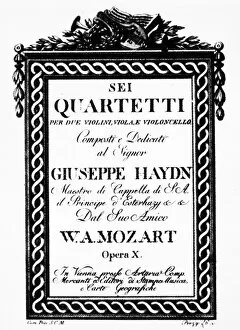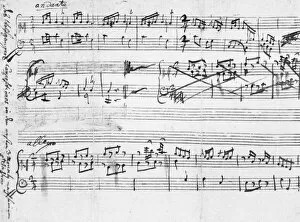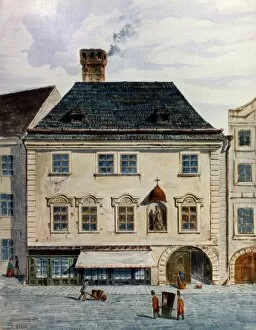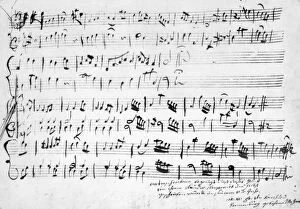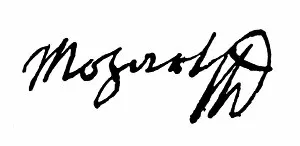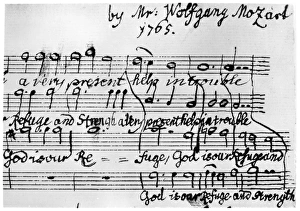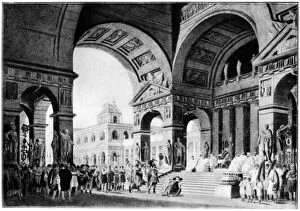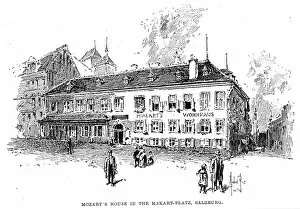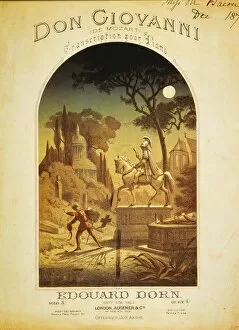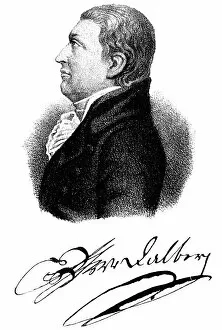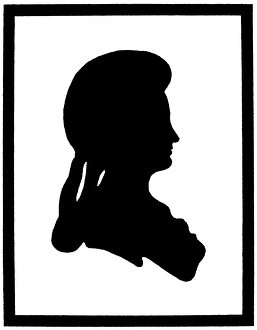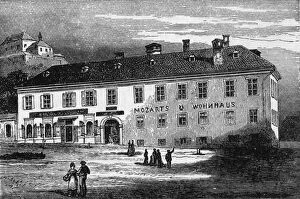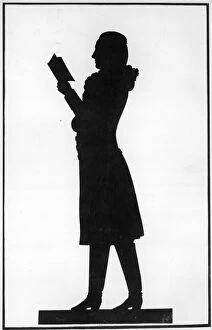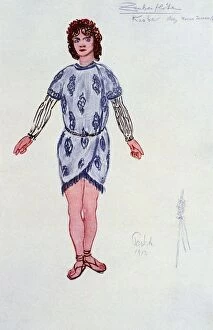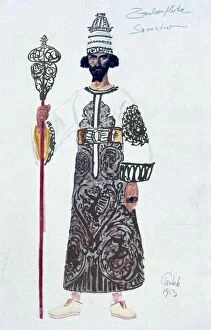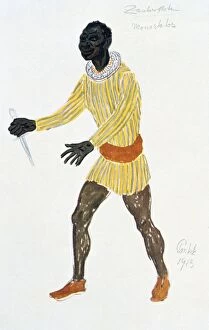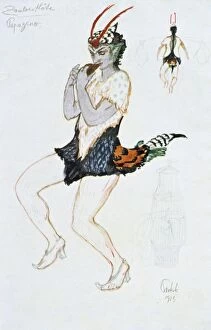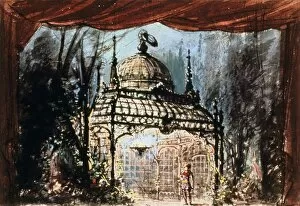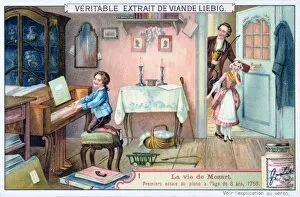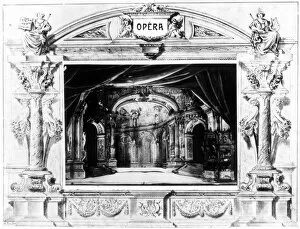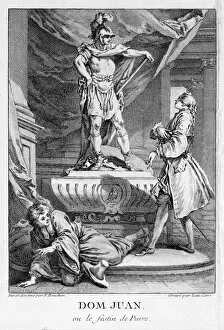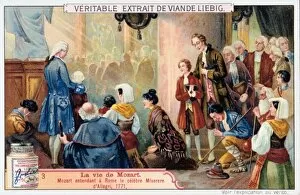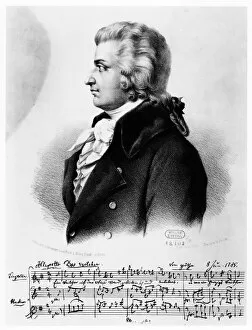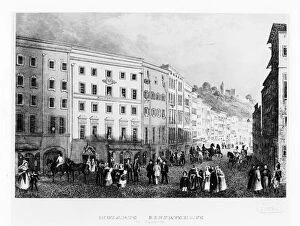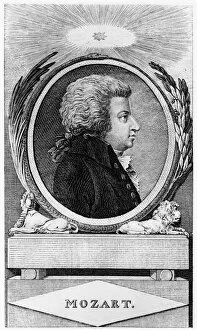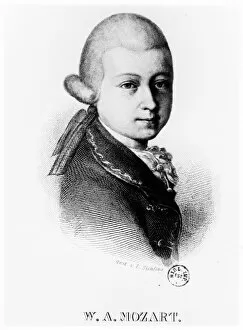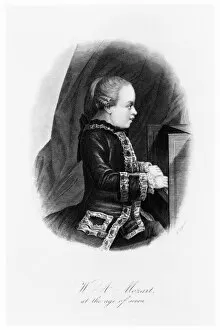Wolfgang Collection (page 9)
"Wolfgang: The Musical Genius Unveiled" Step into the enchanting world Amadeus Mozart
All Professionally Made to Order for Quick Shipping
"Wolfgang: The Musical Genius Unveiled" Step into the enchanting world Amadeus Mozart, a name that resonates through centuries as one of the greatest composers in history. From his mesmerizing Requiem excerpts to his youthful statue capturing his prodigious talent, every aspect of this musical maestro's life is filled with intrigue and brilliance. Immerse yourself in the magical melodies created by Mozart as you listen to the hauntingly beautiful notes from his Requiem. Each composition reveals a glimpse into the depths of his soul, showcasing his unparalleled ability to evoke emotions through music. Behold the statue of young Wolfgang Amadeus Mozart, forever frozen in time. It captures not only his cherubic innocence but also hints at the immense talent hidden within him. A child prodigy who astounded audiences with his virtuosity from an early age, he would go on to become a legend in classical music. Explore Goethe's window into Mozart's world through Johann Heinrich Wilhelm Tischbein's painting. This captivating artwork portrays their meeting, where two great minds collided and exchanged ideas that would shape their respective fields for generations to come. Delve into Mozarts' manuscripts and witness firsthand the genius behind Ave Verum Corpus (K) - a testament to his mastery over choral compositions. These delicate pages hold secrets that transport us back in time, allowing us to experience Mozart's creative process like never before. Travel further along Mozart's journey and discover Papageno from "The Magic Flute, " brought vividly to life by contemporary Austrian illustrations. This whimsical character embodies both comedy and charm while showcasing Mozart's ability to captivate audiences across genres. Join Mozart and Constanze on their honeymoon as they embark on a lifelong partnership filled with love and support. Their union symbolizes not only personal happiness but also serves as inspiration for some of Mozarts' most beloved works.

